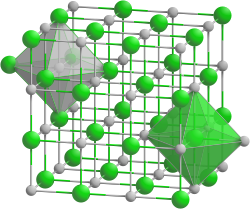 | |
| Identifiers | |
|---|---|
3D model (JSmol) | |
| ChemSpider | |
| EC Number |
|
PubChem CID | |
CompTox Dashboard (EPA) | |
| |
| |
| Properties | |
| SrSe | |
| Molar mass | 166.58 |
| Appearance | White powder, turns reddish brown when exposed to air [1] |
| Density | 4.5 |
| Hazards | |
| GHS labelling: | |
   | |
| Danger | |
| H301, H331, H373, H410 | |
| P260, P261, P264, P270, P271, P273, P301+P316, P304+P340, P316, P319, P321, P330, P391, P403+P233, P405, P501 | |
Except where otherwise noted, data are given for materials in their standard state (at 25 °C [77 °F], 100 kPa). | |
Strontium selenide is an inorganic compound with the chemical formula SrSe.